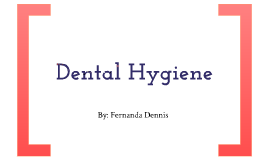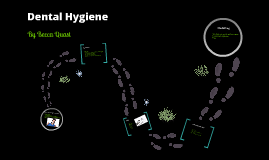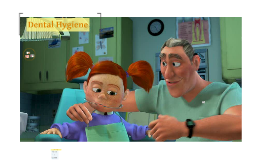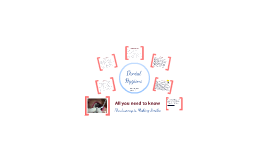Dental Hygiene
Transcript: Dental Hygienist Core Tasks Examine teeth and gums visually and with x-rays to find tooth decay and gum disease Report problems to the dentist Scrape hard built-up material off teeth Polish patients’ teeth Give advice on preventive dental care Earnings $45,000 to $93,000 a year for most The median is about $67,000 a year.May be paid hourly, daily, yearly, or on a commission basis. Location Quotient of Dental Hygienist, by state. (May 2010) State Employment, Employment per thousand, jobs Location quotient, Hourly mean wage, Annual mean wage. California: 18,050 1.29 0.92 $43.37 $90,220 Texas: 10,860 1.08 0.77 $32.47 $67,530 New York: 9,710 1.16 0.83 $32.98 $68,600 Florida: 9,320 1.31 0.94 $28.05 $58,340 Michigan: 8,570 2.28 1.63 $28.46 $59,200 Why I chose this career? I've always been interested to be in the health field because it interest me, I'll always be needed, and I like to help people. Emily Charles

















